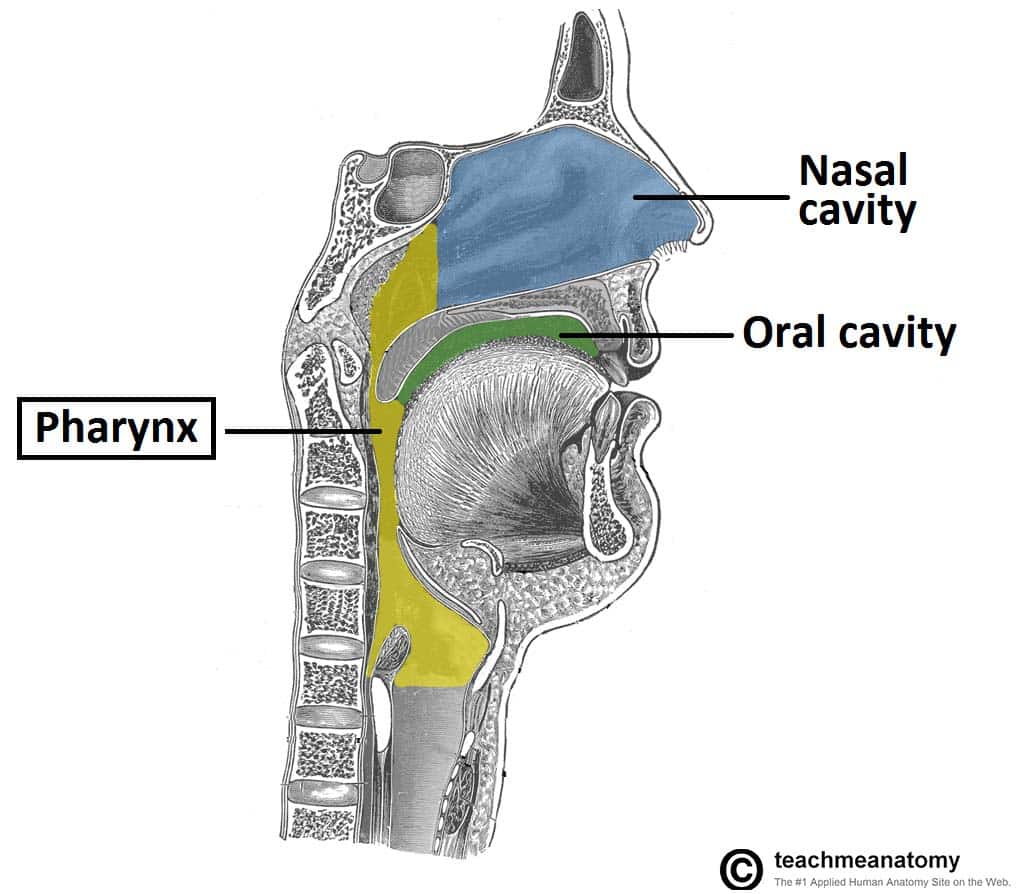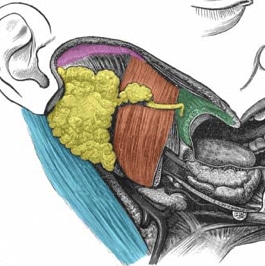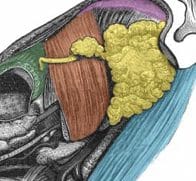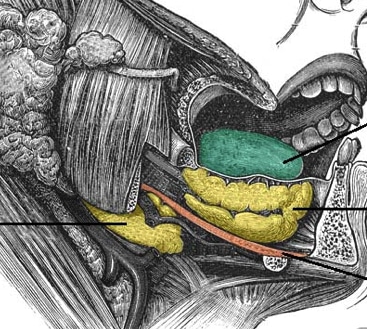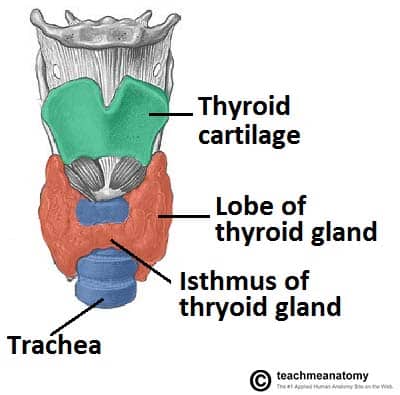- Core Concepts
- Peri-Operative Care
- Examinations
- General
- HPB
- Vascular
- Urology
- Orthopaedics
- Breast
- ENT
- Neurosurgery
- Plastics
- Cardiothoracics
- Transplant
- Consent
Neck
format_list_bulletedAbout this section add remove
The neck is the area between the skull base and the clavicles, and despite being a relatively small region, it contains a range of important anatomical features, including the oesophagus, blood vessels, nerves, and spinal cord.
As such, the differentials for a neck lump are large, as in theory any part of the make-up of the neck can give rise to a neck lump. Malignancies are understandably one of the key differentials to exclude, as head and neck cancers (including thyroid cancers) are potentially treatable if caught early enough.
Salivary gland pathology is also important, as whilst not common, can cause significant morbidity to patients.

